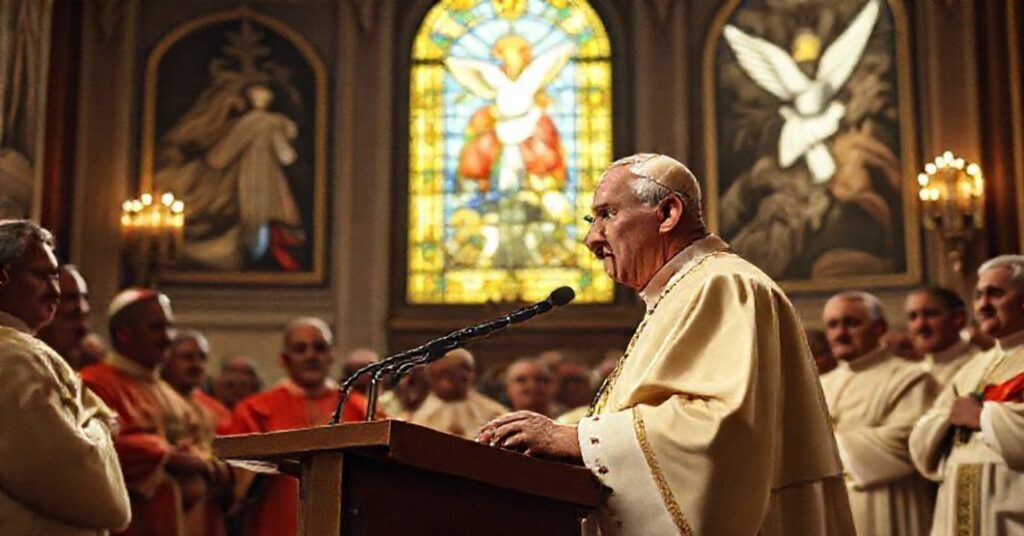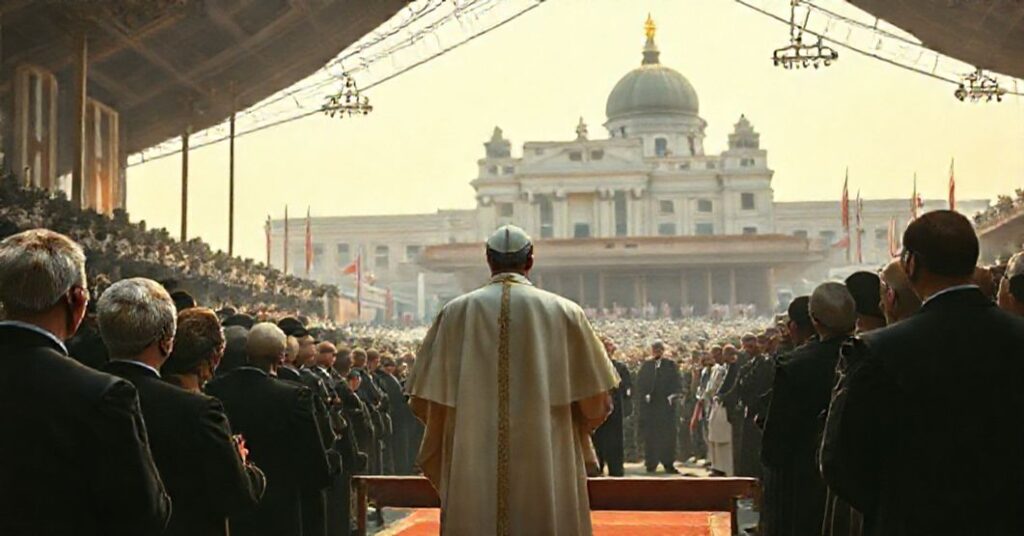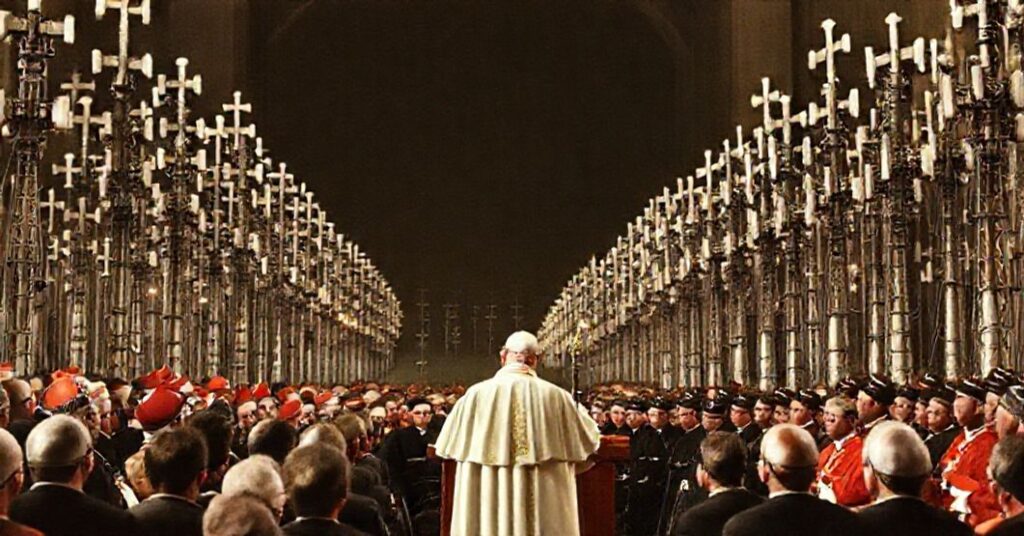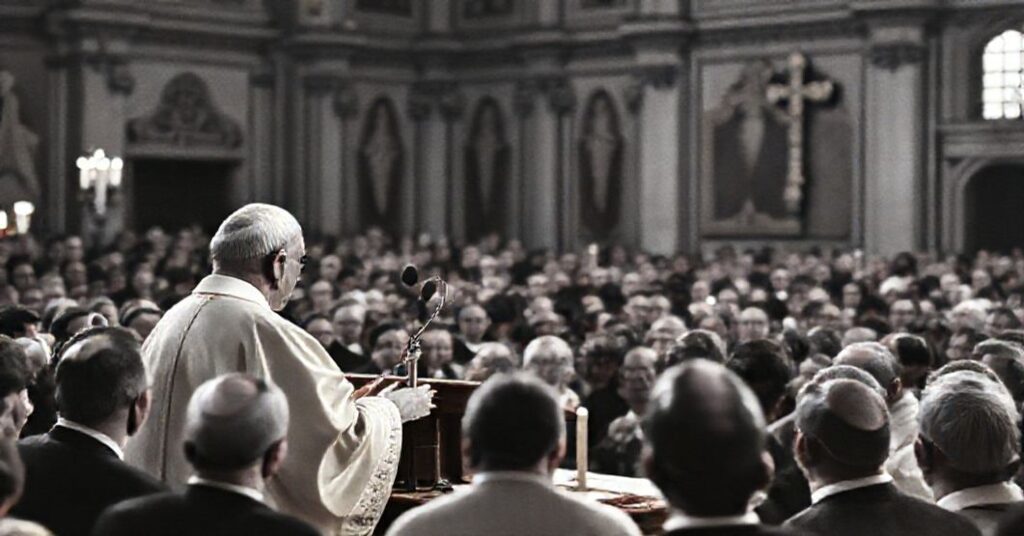Ad Pentecosten Radiomessagium (1963.06.03)
On the eve of his death, Antipope John XXIII addressed a brief radiomessage to the faithful of Germany for Pentecost, exalting the ongoing Vatican II as an “immense work,” placing upon it “the hope of the whole world,” and urging special prayers that the Holy Spirit guide its decisions, words, and initiatives, “recall the distant to unity,” and manifest His presence in proportion to love for “the Church” as embodied in that council. It is a concentrated manifesto of the conciliar revolution: the substitution of the Holy Spirit with a new ecclesial ideology, the transfer of supernatural hope from Christ the King and His unchanging doctrine to a humanly orchestrated assembly, and the quiet canonization of Vatican II as the new Pentecost of a new church.










